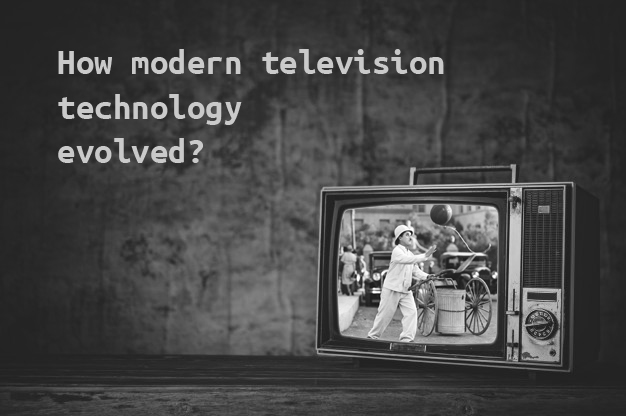Television is the most common device visible in every house today. It is the best source of entertainment as well. The invention of TV is the biggest achievement in human history. In fact, our lives are dependent on TV especially those who stay in home for long hours prefer watching different shows, news, movies and so on. In fact, the invention of TV gave employment to many people all over the world. Have you ever thought what the history of television technology is? If not, then now think because here are the complete details of the highest used technology all over the world.
Let’s delve deep about the Invention of Television Technology
It was hard for Americans in the 21st century to look around the world without television. More than 98 % of households in the United States have at least one TV set, and the average household occupies 2.4 sets. In 2000s large screens with at least 32 inches across came into being which shows high-definition color images. The advent of Cable and satellite systems, allow hundreds of programs to watch. On average, each person spends at least 4 hours watching television. Being a new invention, people can send moving images from faraway places. Initially, it comes in a tiny screen and shows black and white images. In the early days of TV, there were a limited number of channels but slowly and gradually this number rose quite high.
History of television technology and television terminology
Television invention is not the task of single person. Perhaps, immense of inventors, scientists, and engineers put their efforts and contributed in the development of television technology. The meaning of the word ‘television’ means ‘seeing at a distance’. This term was first introduced in 1900 World’s Fair by Russian scientist Constantin Perskyi. It combined two words of different origins – the Greek word “tele,” means “distant,” and the Latin word “visio,” means “sight.” However, some critics did not like this term because of its origin from half Greek and half Latin.
Experiment with light
With the advent of television, many scientists have started involving their brain into developing technology to the moving images. In the year 1873, scientist discovered that selenium (an element) has ability to conduct electricity depending on exposure to bright light or dim light. Thus, for many years, inventors tried using selenium’s light sensitivity for converting moving images in electrical impulses, but they noticed that the element responded slowly for this purpose.
High-Rise In Television Technology
A few developments occurred in the history of television in early 1940s. For example, in the April 1941, the FCC adopted its first technical standard which includes a set of rules or guidelines that all manufacturers to follow. This standard specified that television sets produced would divide images into 520 horizontal lines, which will be scanned by the TV camera on the TV screen thirty times per second. It is again in 1940s that national television broadcasting network structure started to take shape and until 1943, NBC operated two radio networks called Red and Blue. The U.S. Government claimed that this has unfairly limited competition and will filed a lawsuit attempting to force NBC to put up for sale one of its networks. The case went to the United States Supreme Court, which ruled against NBC. Later, NBC sold its Blue network, which later became the American Broadcasting Company (ABC). When television was growing popularity after World War II came to an end in 1945, the three key radio networks also turned into prominent television networks. The Big Three of ABC, CBS, and NBC has overtaken the control of the American broadcasting industry till the rise of cable television in the 1980s.
